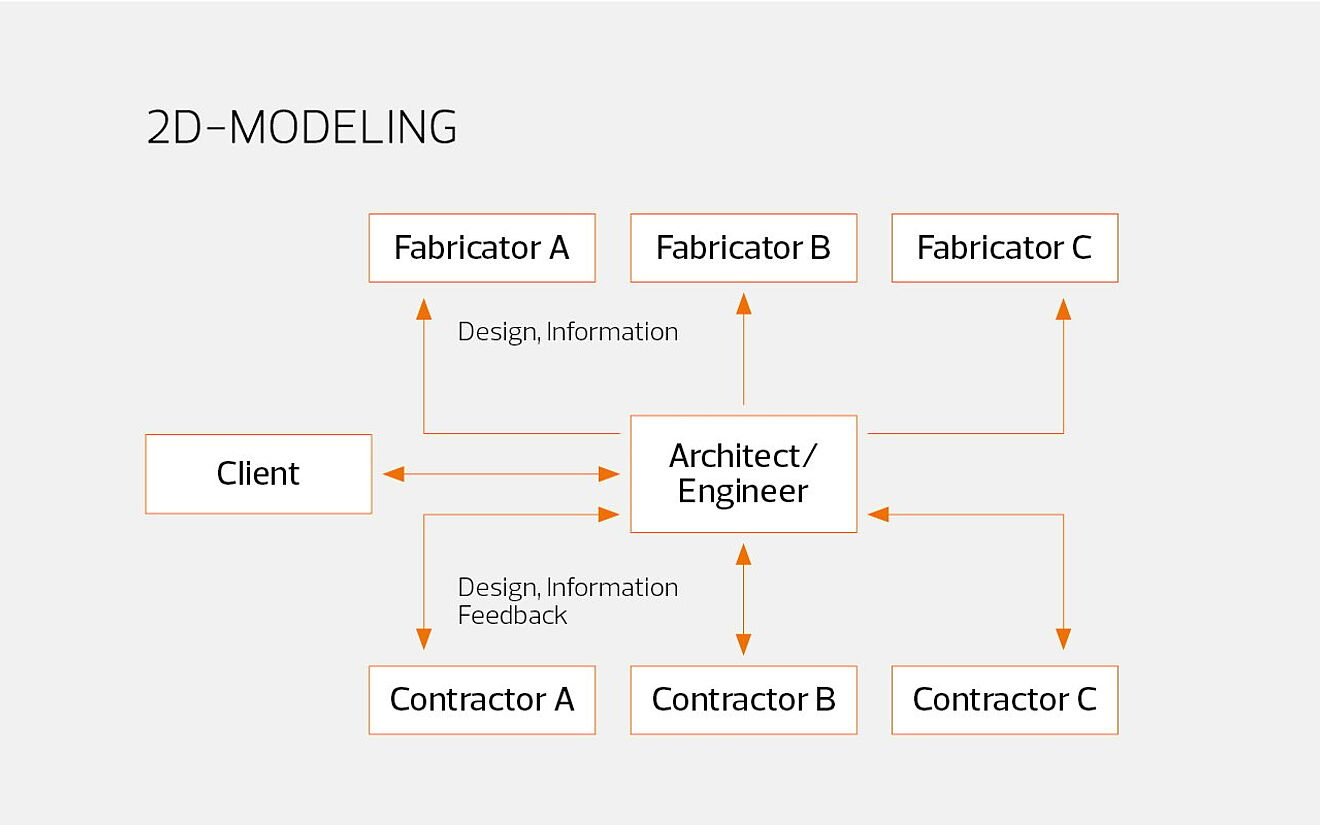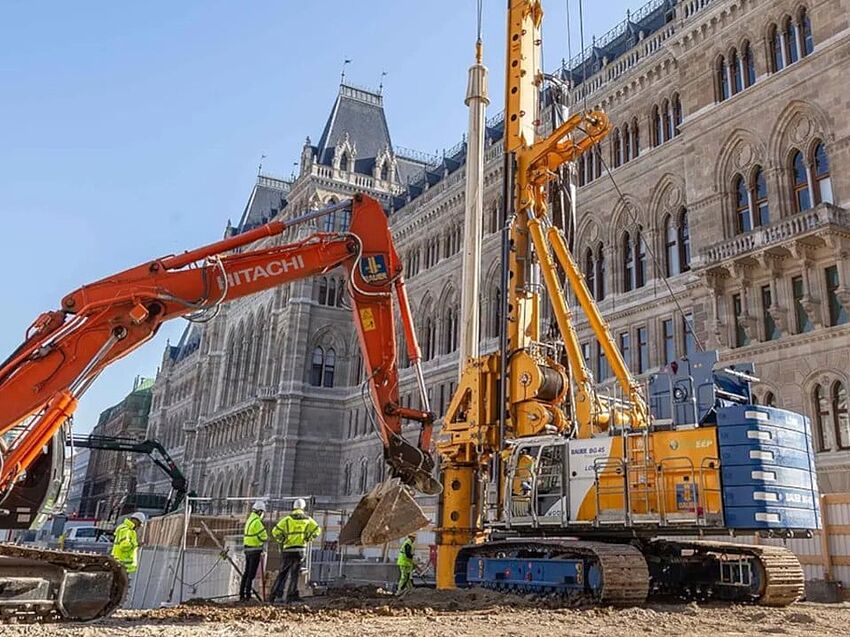Successful project delivery is the key to remaining profitable and competitive. But to do so, civil and structural engineers must find ways to work more efficiently. Advanced 3D modeling tools and Building Information Modeling (BIM) can increase design efficiency and improve project delivery, but many engineering consultancies are still unclear how. Here are just a few ways that 3D modeling and BIM can help you deliver accurate, cost-effective, and timely designs.
Enhanced Design Efficiency
Advanced 3D modeling and BIM help accelerate the design process by automating manual tasks and making data sharing easier and more efficient. In addition, many of the manual design tasks – such as reports, schedules, and quantity calculations – can be generated from the 3D model, saving valuable design time. For example, using 3D modeling software:
• Plan, elevation, and section views can be quickly extracted from the 3D model and placed onto layouts
• Reinforcement design and detailing is done in the modeling software
• Quantities are automatically calculated from the 3D model
• Dimensioning and labeling of components is automatic
• Analyses (such as looking for collisions between components) are ran by the software, rather than manual checks
• Structural calculations can be carried out with structural analysis software using the information already created for the model
• Changes automatically update across the design, reducing the impact of scope changes
And the transition to 3D modeling is also made easier by being able to design in 2D or 3D, whichever suits your team best. When using 2D design, the 3D model is generated simultaneously, offering all the advantages of 3D modeling software combined with the familiarity of 2D CAD.
Quick and Easy Reinforcement and Rebar Detailing
One of the biggest benefits for civil engineers when using 3D modeling software is using rebar tools to reinforce even complex shapes quickly and easily. Reinforcement can be quickly placed within components by specifying either the bar spacing or number of bars and the required amount of cover. The 3D modeling software will also bend reinforcement around edges and around other rebar, making reinforcing models simple.
The benefits are even more impressive when modeling complex shapes. Reinforcement can be modeled along a horizontal alignment, even where the cross-section varies, such as in bridges where the center of the span is deeper than the ends. Once the reinforcement has been modeled, bar spacing can be easily adjusted by specifying a new spacing value, and the model will automatically update to reflect the change. Rebar detailing and bar bending schedules are also easily auto-generated, increasing accuracy and efficiency.
Supporting Successful Project Delivery
As well as making the design process easier and more efficient, 3D modeling tools and BIM also support civil engineers by:
• Increasing the accuracy of deliverables
• Reducing the impact of scope changes
• Reducing clashes on site
• Creating accurate cost estimates
• Improving data exchange
• Improving project team communication
• Streamlining design workflows
• Future-proofing working methods
Doing things as they have always been done is no longer an option for any consultancy that wants to stay in business. Experience from other industries shows that those who have implemented digitalization and new technologies early on gained a strong competitive advantage. In design, this translates to delivering accurate, high-quality projects more quickly, efficiently, and effectively than your competitors.
With BIM, these outcomes become possible. To learn more about how your civil engineering consultancy can benefit from 3D modeling tools and BIM, download our white paper, 10 BIM Facts That Support Delivery of Successful Engineering Projects.




